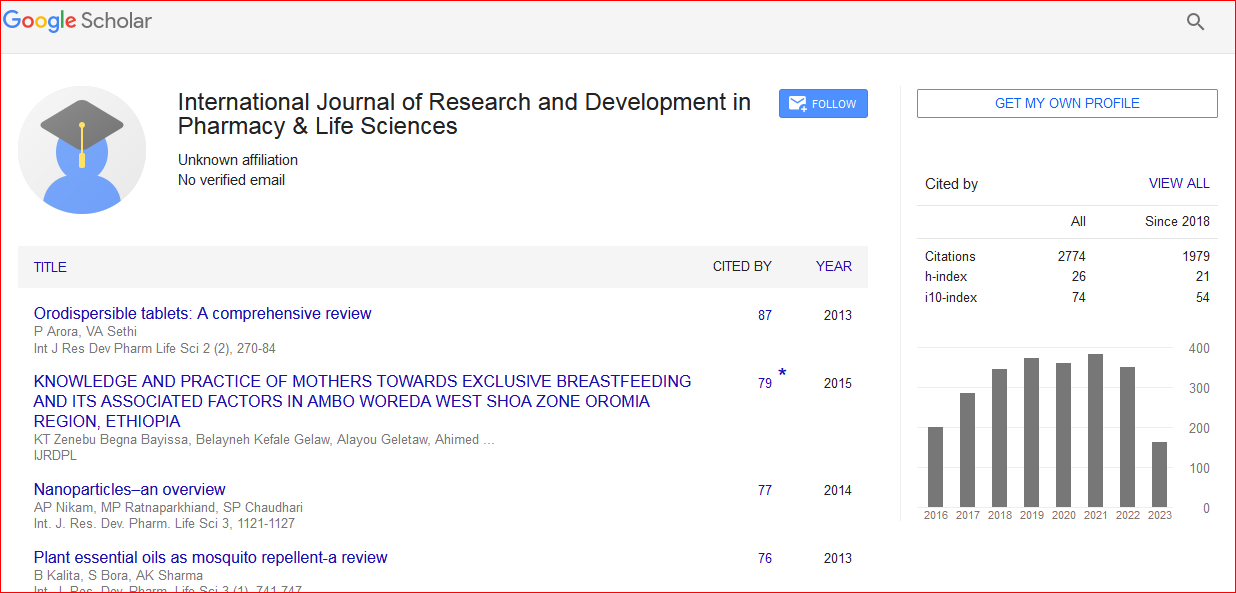Effect of community pharmacist education and training on medication dispensing and counseling
*Corresponding Author:
Copyright: © 2020 . This is an open-access article distributed under the terms of the Creative Commons Attribution License, which permits unrestricted use, distribution, and reproduction in any medium, provided the original author and source are credited.
Abstract
Background:
There is a great deal of concern surrounding the dispensing practices; a majority of studies indicated that the risk of dispensing errors was increasing.
Objectives: To evaluate the effect of community pharmacist education and training on medication dispensing and counseling.
Methods: The data were collected by the researchers with a designed pretested interview questionnaire. Shadowing enabled the researcher to understand the user's perspective.
Results: Only 26% and 23% of the study participants had received training in the last three years. Only 3% of the participants work with supervision or help during their 8- to 12-hour shifts.
In total, 77% of the respondents agreed that clear self-checking routines were not implemented, and their main source of information was experienced.60% (n=167) of the respondents did not know the purpose of the specific medicine they had been prescribed. Only 16% of the participants received information regarding
their medications. All pharmacists dispensed thyroxin and multivitamins with iron- without a prescription or counseling.
Conclusion: The study highlighted the need to offer continuing medical training programs for community pharmacists, focusing mainly on good dispensing practices and patient counseling.

 Spanish
Spanish  Chinese
Chinese  Russian
Russian  German
German  French
French  Japanese
Japanese  Portuguese
Portuguese  Hindi
Hindi 
